BITS BLOG
What Are the Most Common Cybersecurity Threats for Small Businesses?
And what you can do to reduce risk, minimize disruption, and protect your bottom line.
For many small and mid-sized businesses, cybersecurity still feels like a technical problem, something delegated to IT or ignored until a breach happens.
But here’s the truth:
cyber risk is business risk.
Downtime, lost trust, regulatory fines, and data theft don’t just hurt operations, they derail growth.
The good news? Most attacks don’t succeed because of sophisticated hacking; they succeed because of basic oversights.
Let’s walk through the top threats small businesses face today, and how your organization can stay ahead by making smart, strategic moves.
1. Phishing Is a Business Problem, Not Just an Email Problem
What it is:
Phishing is when someone pretends to be a trusted party, via email, text, or messaging app, to trick your employees into clicking a malicious link, handing over login credentials, or approving fake invoices.
Why it matters:
- It only takes one mistake from one employee to give attackers a foothold.
- Business email compromise (BEC) has led to losses in the billions globally.
- Phishing is the leading method for deploying ransomware.
What smart companies do:
- Train employees regularly with real-world phishing simulations.
- Use layered email security (SPF, DKIM, DMARC, anti-spam filters).
- Implement role-based financial controls to prevent unauthorized approvals.
2. Ransomware Targets Availability and Leverages Pressure
What it is:
Ransomware encrypts your files and demands payment to restore access. These attacks often use phishing or exploit outdated systems.
Why it matters:
- Downtime can cost small businesses thousands per hour.
- Attackers are increasingly threatening to leak stolen data if payment isn’t made.
- Cyber insurance won’t help if you're not following basic cyber hygiene.
What smart companies do:
- Maintain secure, segmented backups, and test recovery plans.
- Reduce attack surface with endpoint protection and patching.
- Implement role-based access to limit exposure.
3. Weak Identity Practices Invite Intrusion
What it is:
Default passwords, reused credentials, and the absence of multi-factor authentication (MFA) give attackers easy access.
Why it matters:
- 61% of breaches involve stolen or weak credentials.
- Without MFA, a compromised password = total access.
- Credential theft often goes undetected for weeks or months.
What smart companies do:
- Centralize identity through a secure platform (Azure AD, Okta, etc.).
- Enforce MFA and conditional access based on role and device trust.
- Regularly audit accounts, including shared logins and service accounts.
4. Insider Threats Are Often Unintentional
What it is:
Insider threats refer to risks caused by employees, contractors, or vendors, whether through negligence, error, or malice.
Why it matters:
- Misconfigured permissions and poor data handling cause many internal breaches.
- Employees often don’t understand what “sensitive data” really means.
- Lack of onboarding/offboarding discipline can leave access open for months.
What smart companies do:
- Define roles clearly with least-privilege access policies.
- Assign data ownership and reinforce it through training.
- Automate onboarding and offboarding processes to maintain clean access.
5. Outdated Systems Are a Hidden Threat Surface
What it is:
When software and infrastructure aren’t updated, they become vulnerable to known exploits, often published and easily leveraged by attackers.
Why it matters:
- Unpatched vulnerabilities are a top entry point for breaches.
- Legacy systems often lack modern security controls.
- Updating late usually costs more than maintaining properly.
What smart companies do:
- Create an IT asset inventory to track all hardware and software.
- Patch and update systems routinely, especially remote access tools.
- Replace unsupported software and prioritize modern, cloud-based tools.
How BITS Cyber Helps Small Businesses Mitigate Risk
At BITS Cyber, we work with business leaders to take the guesswork out of cybersecurity. Our approach is built for real-world conditions, limited budgets, complex vendors, and pressure to scale without getting derailed by risk.
We help you:
- Identify your highest-risk areas with NIST-aligned risk assessments
- Build a plain-language cybersecurity strategy using the BITS Control Framework
- Prepare for compliance audits (HIPAA, PCI, CMMC, cyber insurance)
- Implement cost-effective solutions for access control, backup, and email security
- Train your team to recognize risk and respond effectively
Final Thought
You don’t need to be perfect at cybersecurity.
You need to be
intentional,
proactive, and
business-aligned.
Attackers thrive on confusion and inconsistency.
That means your best defense is clarity:
- Clear roles.
- Clear processes.
- Clear priorities.
And that’s exactly what BITS Cyber helps deliver.
